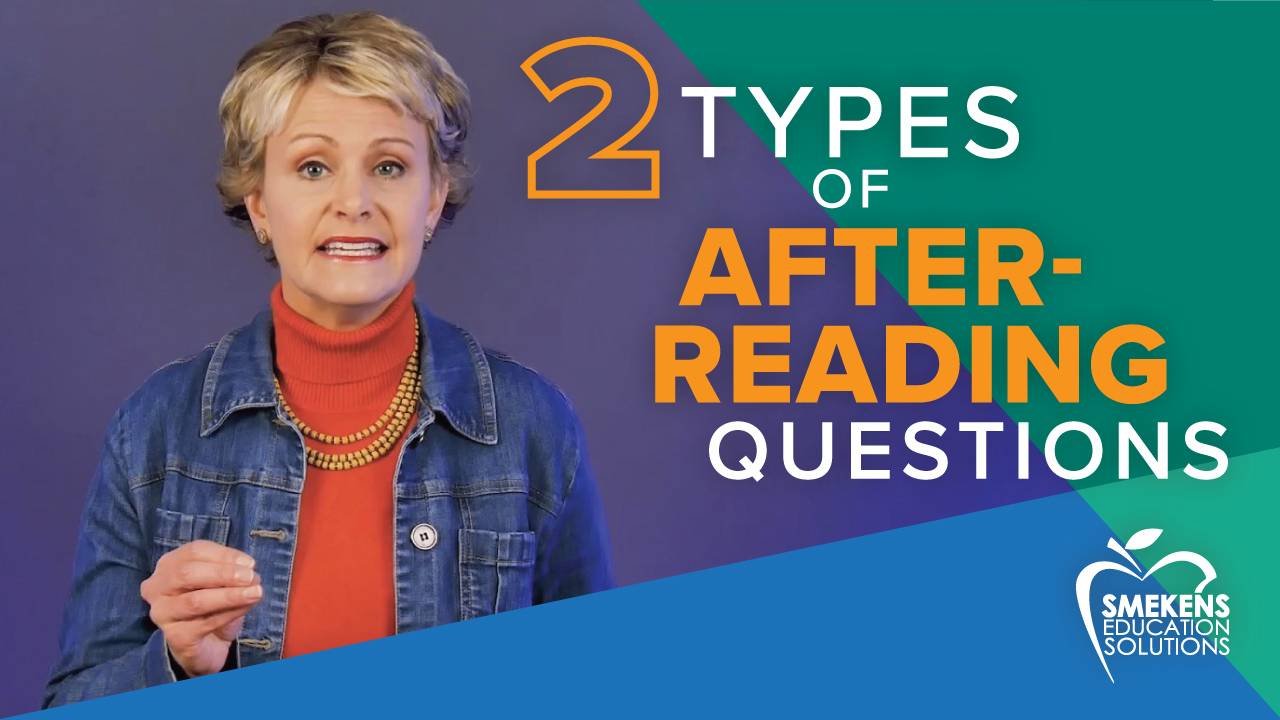Learning Center
reading
Stay engaged with during-reading questions
october 14, 2010

Make reading more about asking questions than finding answers.
Questions are a window to students’ thinking. They lead children through the discovery of their world. You can tell what students are thinking and focusing on by the questions they ask. You can also tell what they are distracted by, based on the questions they ask.
Struggling readers do not ask enough questions before they read, while reading, or after reading. They simply read the text, never wondering or questioning the content or the author’s purpose. Strong readers ask questions to better understand the text. Those questions lead to answers and overall understanding. But first students need to be taught how to ask questions about their reading, not just answer the teacher’s questions. Do this by modeling the art of questioning.
Keep track of all the questions students ask in a day.
What’s for lunch? Do we have music today? Are we going to finish our science project? How much longer until centers? List the questions on a wall chart to be revealed the day you introduce questioning. Point out how the students already have a natural curiosity.
Model authentic questioning.
Add to those everyday questions, more sincere wonderings. Outside of reading, maybe during writing time, Think Aloud about questions and wonderings. There’s this roaming cat in my neighborhood, and I wonder where it came from? Who feeds it? Where it sleeps? I also wonder about the guy who rides on the back of the garbage truck every week. Does he like his job? How bad does it stink? I wonder if he’s ever fallen off the truck.
Wonder aloud and jot those wonderings in your writer’s notebook or on large chart paper. Have students ask some questions they wonder about. Have them partner up and continue sharing questions with peers. They can log these questions in a Wonder Book. What do they really want to know? Starting with what students want to know about their lives will lead to what they want to know about their reading.
Tie questions to reading.
When you’re ready to tie questioning to reading, consider setting a quiet and reflective atmosphere—maybe darken the room, turn on a small lamp, read softly. Begin reading a text that fosters curiosity and questions, a text that withholds key information causing the reader to wonder (e.g., The Monster at the End of the Book, by Jon Stone).
After a page or two, see if their faces reveal wondering or confusion. Finish the text; read the book without interruption. Then on chart paper, begin thinking aloud about questions you have. I have so many questions for the author. Why does… What is… etc. Then, look to the students to share questions they have.
Gradually invite students to share their questions. Put students’ names next to each question they asked.
When teaching questioning, don’t be more concerned with the answers students are giving to your questions but rather the questions they are asking of the text itself. The students should be doing more of the work. This reveals thinking, learning, and engagement.
Teacher comments:
Lisa Gahimer shared, “This year I have an especially inquisitive class and have found during many class discussions, children ask LOTS and LOTS of questions about a topic. If I cannot quickly answer the question or don’t know the answer, I have the children write their questions and drop them into the Question Basket. When children are done with other required work during the day, they can pull a question from the question basket and research the answers on the computer. Once they have discovered the answers, they can write a mini-report and share it during our Friday social studies lesson.”



